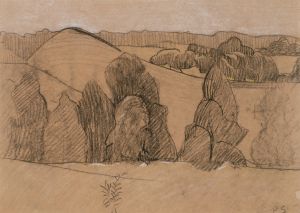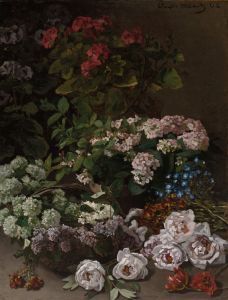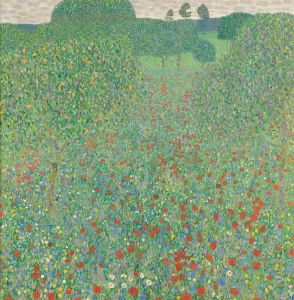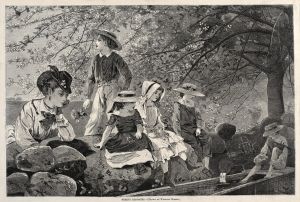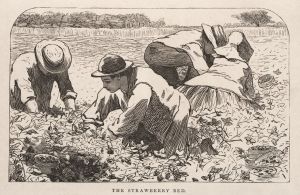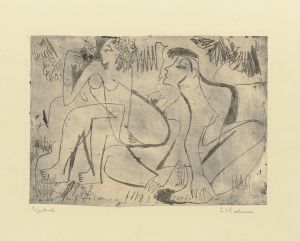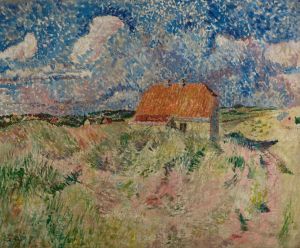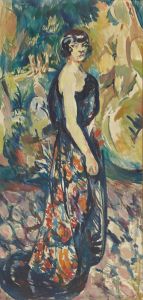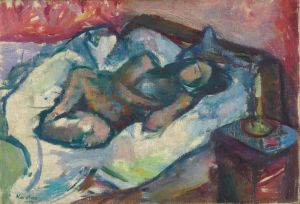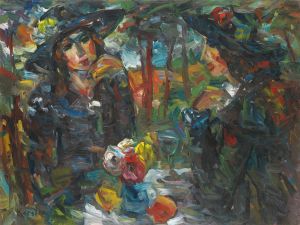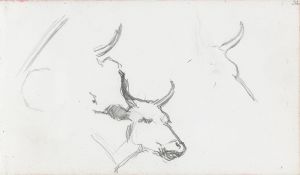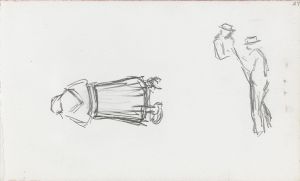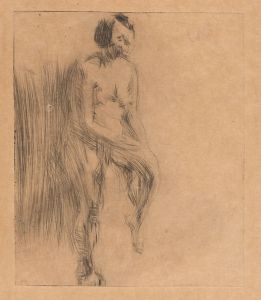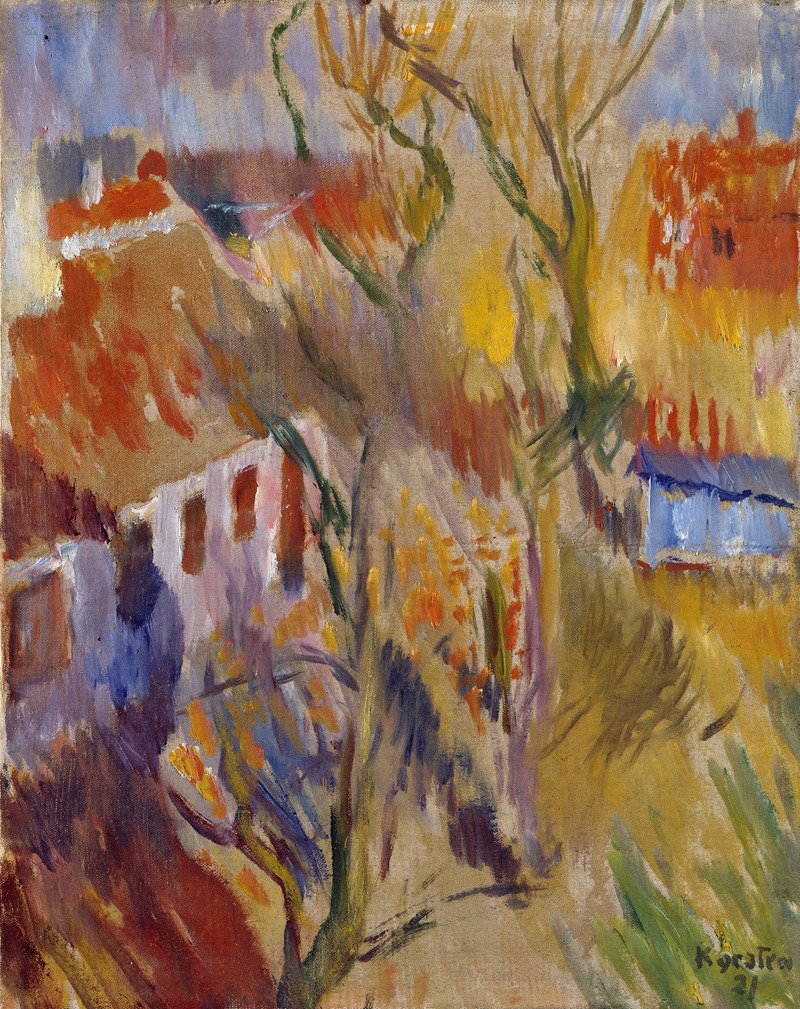
Spring at Skagen
A hand-painted replica of Ludvig Karsten’s masterpiece Spring at Skagen, meticulously crafted by professional artists to capture the true essence of the original. Each piece is created with museum-quality canvas and rare mineral pigments, carefully painted by experienced artists with delicate brushstrokes and rich, layered colors to perfectly recreate the texture of the original artwork. Unlike machine-printed reproductions, this hand-painted version brings the painting to life, infused with the artist’s emotions and skill in every stroke. Whether for personal collection or home decoration, it instantly elevates the artistic atmosphere of any space.
Ludvig Karsten's painting "Spring at Skagen" is a notable work within the context of early 20th-century Scandinavian art. Ludvig Karsten, a Norwegian painter born on May 8, 1876, in Oslo, is recognized for his contributions to modernist painting in Norway and beyond. His work often reflects a vibrant use of color and a dynamic approach to composition, influenced by both French Impressionism and Post-Impressionism.
"Spring at Skagen" was painted in 1913 during a period when Karsten was deeply influenced by his visits to Skagen, a town located at the northern tip of Denmark. Skagen was known for its unique light and had become a popular destination for artists, particularly the Skagen Painters, a group of Scandinavian artists who gathered there in the late 19th and early 20th centuries. These artists were drawn to the area for its picturesque landscapes and the quality of light, which they found ideal for plein air painting.
In "Spring at Skagen," Karsten captures the essence of the season with a vivid palette and energetic brushstrokes. The painting depicts a coastal scene, likely inspired by the beaches and dunes characteristic of the Skagen area. The use of bright, fresh colors conveys the rejuvenation and vitality associated with springtime. Karsten's technique in this painting shows his adeptness at blending colors directly on the canvas, creating a sense of immediacy and movement.
The composition of "Spring at Skagen" is balanced yet dynamic, with a focus on natural elements such as the sky, sea, and sand. Karsten's ability to capture the interplay of light and shadow is evident in the way he renders the landscape, giving the viewer a sense of the time of day and the atmospheric conditions. This attention to light and color is a hallmark of Karsten's style and reflects the influence of the French Impressionists, whom he admired.
Ludvig Karsten's time in Skagen was significant not only for his artistic development but also for his personal life. During his stay, he interacted with other artists and was part of a vibrant artistic community. This period was marked by a prolific output of work, with "Spring at Skagen" being one of the standout pieces from this time.
Karsten's contributions to Norwegian and Scandinavian art are well-regarded, and his works are held in various collections, including the National Gallery in Oslo. "Spring at Skagen" remains an important example of his ability to capture the fleeting beauty of nature through his distinctive modernist lens.
In summary, "Spring at Skagen" by Ludvig Karsten is a significant work that exemplifies the artist's skill in using color and light to convey the essence of a season. Painted in 1913, it reflects Karsten's experiences and influences during his time in Skagen, contributing to his legacy as a key figure in early 20th-century Scandinavian art.





